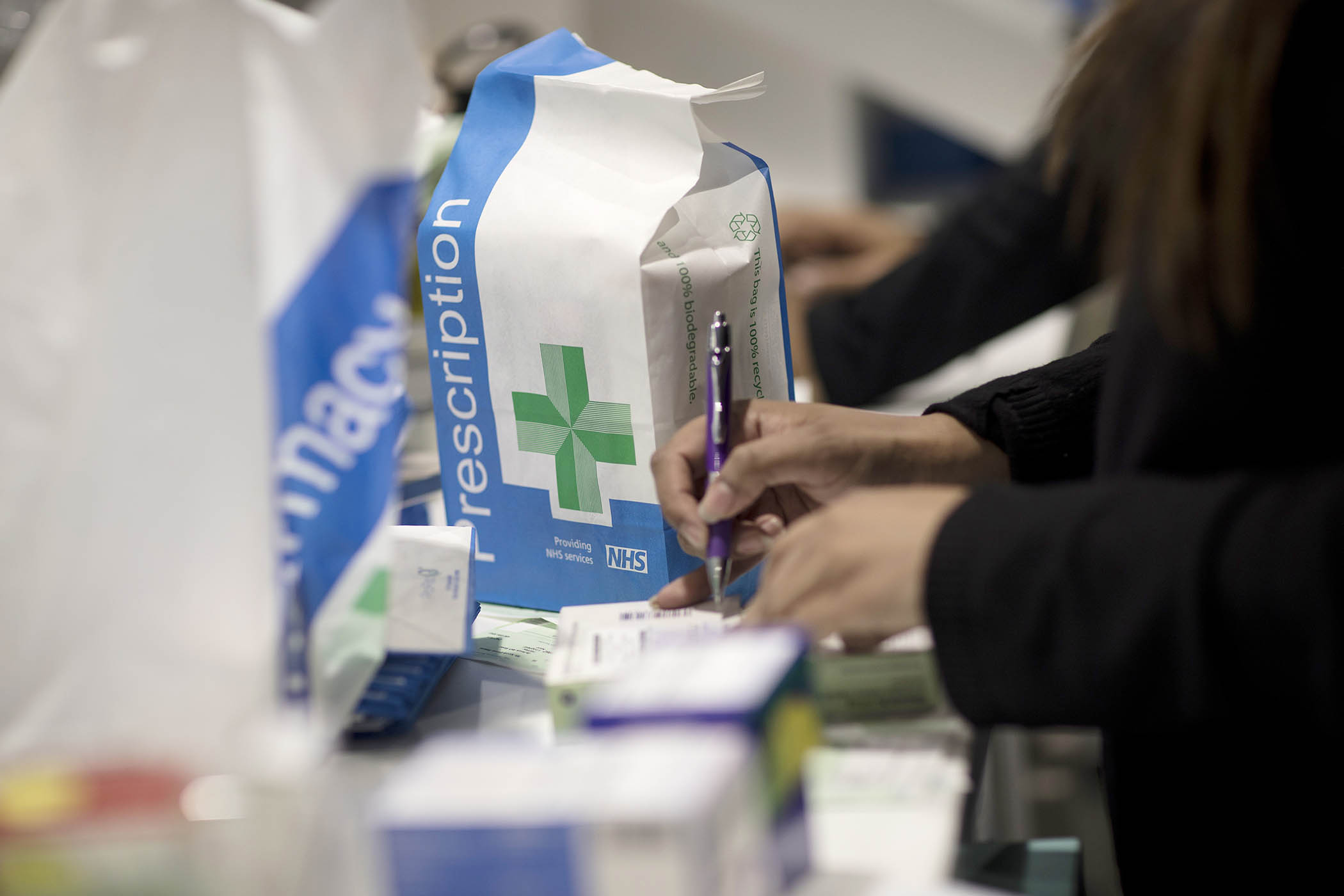The UK government is in the late stages of agreeing a major drug pricing deal with the White House, sources close to the matter say.
The Trump administration is reviewing a proposal that would raise the thresholds at which the NHS deems a medicine cost effective, in effect paying billions more for US-made drugs in exchange for lower tariffs on UK pharmaceutical exports.
Last week, Switzerland struck an agreement to cap US tariffs on drugs and other key goods at 15%, but UK officials are determined to seek a 0% rate.
Securing a deal would be a significant step towards mending relations with the UK pharmaceutical industry after pricing negotiations with the government broke down in September and several large manufacturers – including Merck, AstraZeneca and Eli Lilly – threatened to withdraw a collective £2bn of investment in Britain’s life sciences sector. The pharma industry accounts for 17% of the UK’s private investment in research and development.
Nice, the drug approval body, currently says medicines costing £20,000-£30,000 a year of good health gained for patients (a measure known as quality-adjusted life year, or Qaly) represent good value for money for the NHS. It’s understood the negotiated proposal is likely to raise these thresholds to £25,000-£35,000 or more and would be in “real terms”, meaning that additional earnings for drug companies from the change would not be clawed back as tax on sales.
‘It’s like having an army of people and not giving them any bullets or rifles’
Prof John Bell
Pharma ceutical companies have been under pressure from Donald Trump’s “most favoured nation” policy since he threatened 100% tariffs on the sector if it does not invest in the US. UK-based companies AstraZeneca and GSK have pledged a combined $80bn over the next five years to expand capacity.
Ahead of a make-or-break budget for the chancellor, the key question is: how much will this capitulation cost? It is understood that the scheme will apply only to new medicines, meaning the fiscal impact could be drawn out over multiple years. “In the first instance, it may be a relatively modest cost, but over time if all drugs are getting some significant Qaly uplift, then it will cost them quite a lot of money,” an industry source said.
Negotiations have been spearheaded by Varun Chandra, Keir Starmer’s chief business adviser, who made several trips to the US over the past month to meet with US officials and was in New York this week pitching Rachel Reeves’s budget to Wall Street banks. A deal has also had buy-in from Patrick Vallance, the minister for science, who has said a rise in drug prices is “necessary” to stem the flow of firms choosing to invest elsewhere.
“Because of his background in the industry and his great desire to retain UK clinical trial activity, I'm sure he’s weighing in,” says Richard Barker, former director general of the Association of the British Pharmaceutical industry.
It’s not clear whether the deal proposed will be enough to placate the industry, which has been suggesting a £40,000-£50,000 Qaly threshold and for the government’s budget for medicines to be inflation linked.
However, Sam Roberts, chief executive of Nice, came out this month against that idea, saying there are “only so many taxpayer pounds. If you spend more money on medicines, it means something else is forgone.”
Sources in the industry say the low prices Britain pays for drugs makes it “stick out like a sore thumb” and limits new drugs being made available to the NHS so that those who can afford them are pushed to seek out treatments privately, exacerbating inequality.
Others question the logic of having an expanded health service without the drugs to accompany it: “It’s like having an army of people and not giving them any bullets or rifles,” says Prof John Bell, former regius chair of medicine at Oxford University.
Photograph by Simon Dawson/Bloomberg via Getty Images

